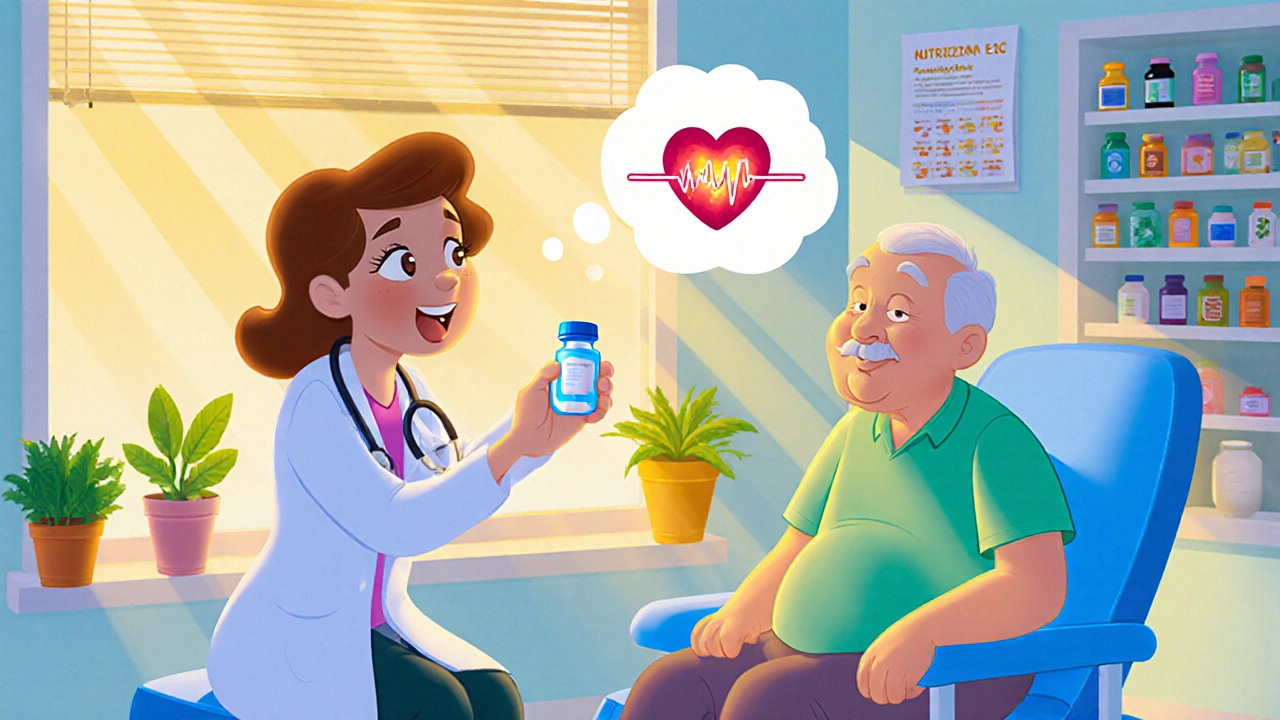Chronic Stable Angina: Causes, Management, and What Works
When your heart doesn’t get enough oxygen, especially during physical activity or stress, you might feel that tight, squeezing pain in your chest—that’s chronic stable angina, a type of chest pain caused by reduced blood flow to the heart muscle due to narrowed coronary arteries. It’s not a heart attack, but it’s your body’s warning sign that something’s off with your heart’s blood supply. Unlike unpredictable chest pain, chronic stable angina follows a pattern: it comes on during exertion, lasts a few minutes, and goes away with rest or medication. This isn’t just discomfort—it’s a signal that your arteries are clogged, and if ignored, it can lead to worse problems.
What causes it? Mostly coronary artery disease, a buildup of fatty deposits (plaque) inside the arteries that feed your heart. Risk factors are simple but serious: smoking, high blood pressure, high cholesterol, diabetes, and being overweight. It’s not just about age—people in their 40s and 50s are increasingly affected. And while medications like nitroglycerin help manage symptoms, they don’t fix the root issue. That’s where lifestyle changes come in: walking daily, eating less processed food, and quitting smoking can slow or even reverse artery damage over time.
Many people with chronic stable angina also take beta-blockers, a class of drugs that slow the heart rate and lower blood pressure to reduce the heart’s workload, or calcium channel blockers, which relax blood vessels to improve blood flow. But drugs alone aren’t the full picture. Studies show that cardiac rehab programs—combining supervised exercise, nutrition counseling, and stress management—cut hospital visits by nearly 30%. You don’t need to run a marathon. Even 30 minutes of brisk walking five days a week makes a measurable difference.
Some people wonder if supplements help. There’s no magic pill, but research suggests omega-3 fatty acids, found in fish oil, may reduce inflammation and lower triglycerides, and coenzyme Q10, an antioxidant that supports heart muscle energy production might ease fatigue in some patients. Still, these aren’t replacements for proven treatments. Talk to your doctor before adding anything new.
What you’ll find in the posts below isn’t just a list of drugs or generic advice. It’s real, practical comparisons—like how one medication stacks up against another, what side effects to watch for, and how lifestyle changes actually play out in daily life. You’ll see how people manage chest pain while staying active, how certain drugs interact with other conditions, and what works when standard treatments fall short. This isn’t theory. It’s what people are using right now to live better with chronic stable angina.

Ranolazine: A Key Pillar in Comprehensive Angina Management
Learn how ranolazine fits into modern angina treatment, its unique action, dosing tips, safety alerts, and how to combine it with other therapies.